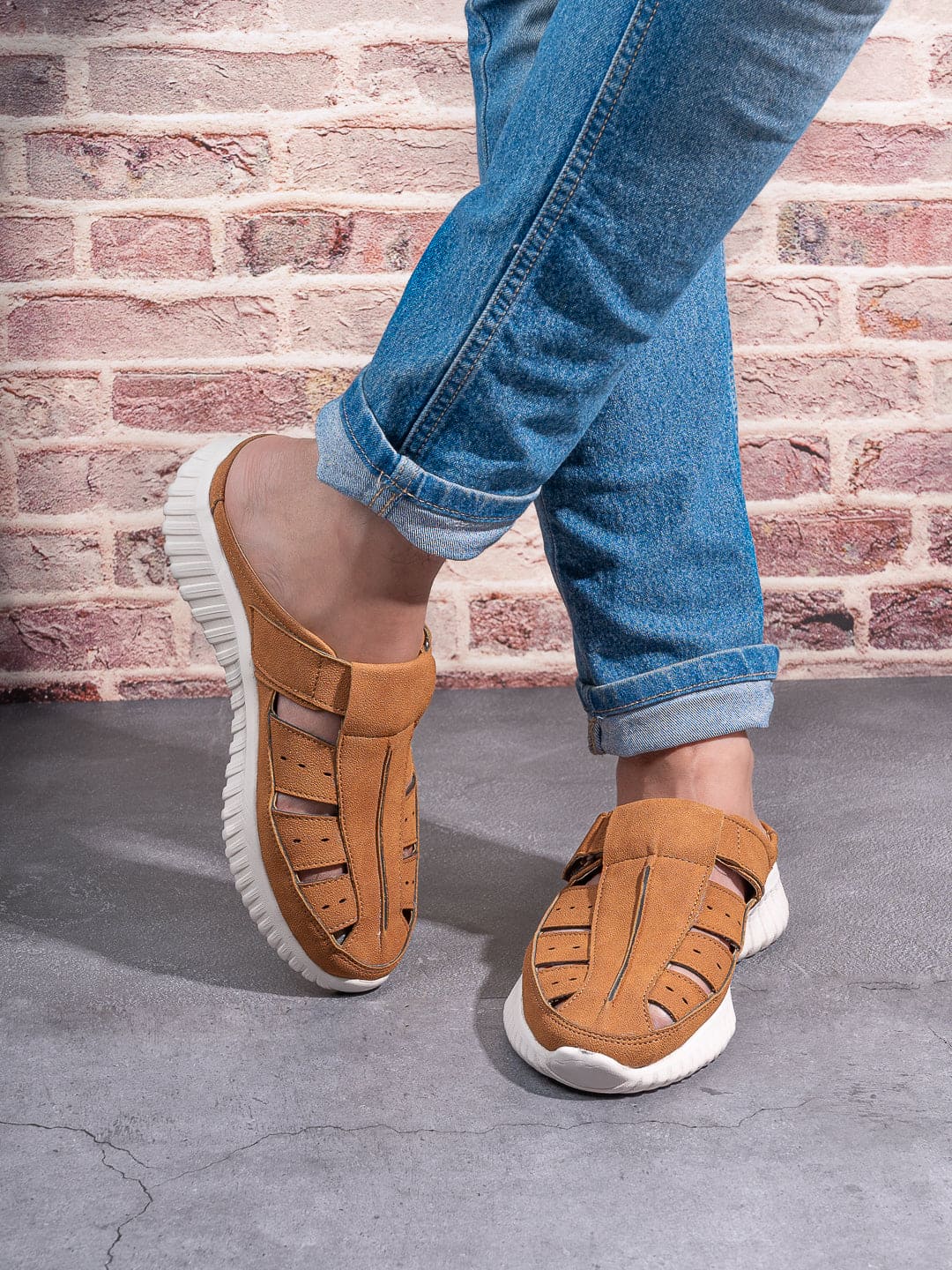Shoe breathability and ventilation are crucial factors that majorly impact foot comfort, health, and overall performance. Fungi thrive in warm, moist environments, making poorly ventilated shoes a breeding ground for these micro organisms. Athlete's foot and toenail fungus are common examples of fungal infections that can be prevented or minimized with breathable shoes. By allowing air to flow freely, breathable shoes keep your feet dry and prevent fungal growth, reduce the risk of infections.
Let's come into the importance of these aspects
Moisture and Sweat Control: When you're active or wearing shoes for an extended period, your feet naturally perspire. Without proper breathability, sweat accumulates inside the shoes, creating a moist environment. This can lead to discomfort, blisters, and an increased risk of fungal infections like athlete's foot. Breathable shoes allow moisture to escape, keeping your feet drier and more comfortable.
Temperature Regulation: Feet that are too hot or too cold can be uncomfortable and affect your overall well-being. Breathable shoes help regulate the temperature by allowing air to circulate around your feet. This prevents overheating during warm weather and keeps your feet from getting too cold in colder climates.
Smell Prevention: As mentioned earlier, moisture buildup inside shoes can foster bacteria and fungi growth, leading to unpleasant foot odor. Proper ventilation helps to reduce these odors by keeping your feet dry and preventing bacterial growth.
Comfort and Cushioning shielding: In many athletic and casual shoes, there is often padding and cushioning for enhanced comfort. However, if the shoes lack breathability, these cushioning materials can become compressed and less effective over time. Breathable shoes maintain the integrity of their cushioning, ensuring long-lasting comfort and support.
Reduce Foot Problems: Inadequate ventilation can contribute to various foot problems like blisters, calluses, and corns. It can also worsen existing conditions such as bunions or plantar fasciitis. By allowing air to flow freely, breathable shoes reduce the friction and pressure that can cause these issues.
Performance Enhancement: For athletes, shoe breathability can significantly impact performance. When your feet stay cool and dry, you're less likely to experience distractions and discomfort, allowing you to focus on your activity or sport.
Overall Foot Health: Proper shoe ventilation contributes to overall foot health by reducing the risk of infections, fungal growth, and other foot-related issues. Healthy feet are essential for maintaining an active and comfortable lifestyle.
To ensure shoe breathability and ventilation, consider the following tips
Select shoes with mesh or perforated uppers that allow air to circulate.
Look for moisture-wicking and breathable sock materials to complement the shoes.
Consider shoe designs with vents or air channels in the sole or sides to facilitate airflow.
Avoid wearing shoes for prolonged periods, especially if they don't provide adequate ventilation.
Give your shoes time to air out and dry after wearing them, especially if they've become damp from sweat or rain.
In summary, shoe breathability and ventilation plays a main role in maintaining foot health, comfort, and overall performance. Whether you are an athlete or just someone looking for comfortable shoes, selection of breathable shoes will contribute to a positive and enjoyable experience for your feet.



